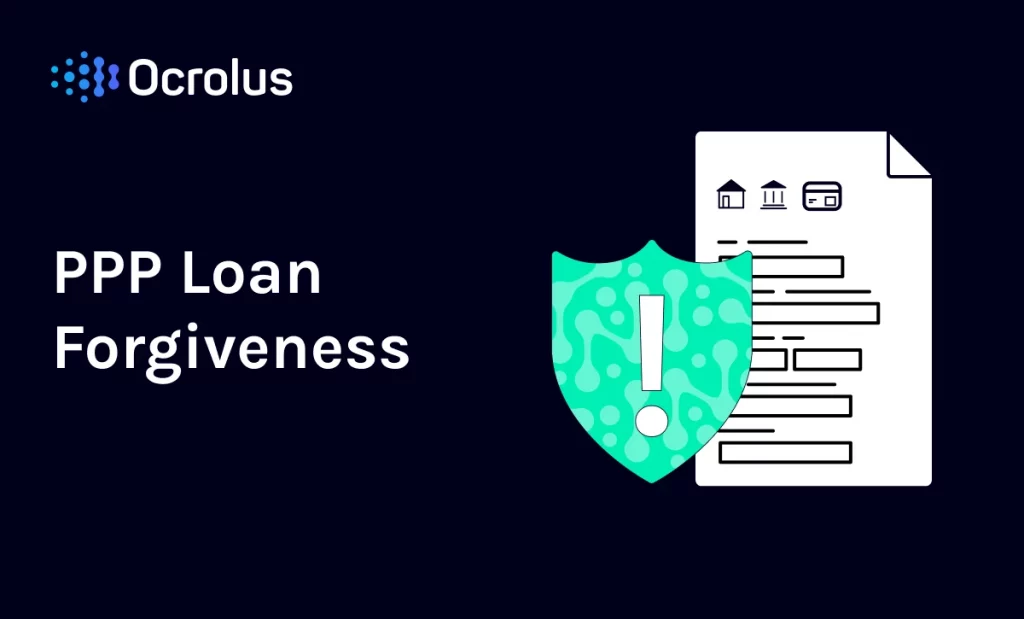This website uses cookies so that we can provide you with the best user experience possible. Cookie information is stored in your browser and performs functions such as recognising you when you return to our website and helping our team to understand which sections of the website you find most interesting and useful.
PPP Loan Forgiveness

The SBA announced PPP changes, here’s what lenders need to do.
As lockdowns hit America, the Paycheck Protection Program spun into action to protect jobs, as the name suggests. In doing so, it created the largest lending program in history. The SBA distributed over $500 billion in funds, compared to $28 billion in all of 2019. Distributing the funds represented the first part of the program. The second part of the program is seeking loan forgiveness, writing off the loan to any business that met the lending criteria of protecting jobs.
While the distributing of loans occurred at a record pace, details of the forgiveness program have been anything but forthcoming. Borrowers and lenders have been asking questions and seeking clarification since the program began. The SBA recently answered most of those questions – emphasis on “most” – and gave some clarification on what lenders need to do.
So what did the SBA exactly say?
As of October 31, the SBA brought into effect the EZ loan forgiveness application. The main contents of this are within ‘SBA Form 3508EZ’, a three-page form that requires calculations verifying that one qualifies for forgiveness, and ten supporting signatures.
Central to successful completion is outlining a business’s existing costs (i.e., payroll) and verifying that the use of the funds meets the intended criteria of the loan. This includes the likes of not reducing salaries by more than 25 percent and having submitted supporting documents to the lender.
What does this mean for lenders?
The biggest takeaway from this announcement is that nearly all of the onus is on the borrower to attest that the information is true. This includes completing any calculations. All in all, it’s much more simple than many initially thought.
With more responsibility on the borrower, the consensus from the lending community is that they no longer have to do any reconciliations. So is everything fairly straightforward for lenders, then?
Well, almost. There is enough ambiguity in the lenders’ exact responsibilities, specifically around the role of supporting documentation, to catch lenders out. With what we do know, and to safeguard against any future clarifications, there are some basic actions that lenders need to take.
How can lenders ensure they are ticking the right boxes?
The key focus for lenders is to ensure the application is complete prior to sending. ‘Complete’ means that lenders need to check that the application has all the supporting documents and that the documents match the borrower’s identity.
At Ocrolus, via our automated document digitization and built-in audit trail, we’ve been helping lenders meet this responsibility since the SBA program began. As the wave of forgiveness applications comes in, automating the process has enabled our partners to get ahead of processing documents. It’s saved countless hours of manual, human checking, and ensured/s lenders meet their requirements. As above, we’re focused on making sure that the documentation is complete, breaking it into three key areas.
1. Automating the categorization of all supporting documents.
This is the minimum requirement for lenders. It categorizes the likes of payroll stubs and tax documents; any supporting documentation that the borrower has submitted to verify the use of funds.
The categorization occurs automatically when a lender submits the respective documents via API.
2. Ensuring that the documents match the identity of the borrower and represent the appropriate time period.
Step 2 is fairly self-explanatory. A further step in ensuring that the documentation is accurate. Rather than having to manually review each supporting document, for each borrower, Ocrolus automates the process with our document automation software.
This is achieved through header extraction, extracting the likes of SSN, EIN, borrower name, and address. Each of these is matched to the specific borrower.
3. Detect and combat fraud.
The last step is an additional layer that Ocrolus clients are undertaking to ensure they meet the definition of complete to its fullest. This step consists of automating the process of fraud detection.
A staple across our offerings, our document tampering detection solution automatically reviews bank statements and detects document manipulation and file tampering.
Overall, good news for lenders, but they should follow these three key steps to ensure that they don’t get caught out and meet their responsibilities as outlined in the SBA’s recent announcement.





